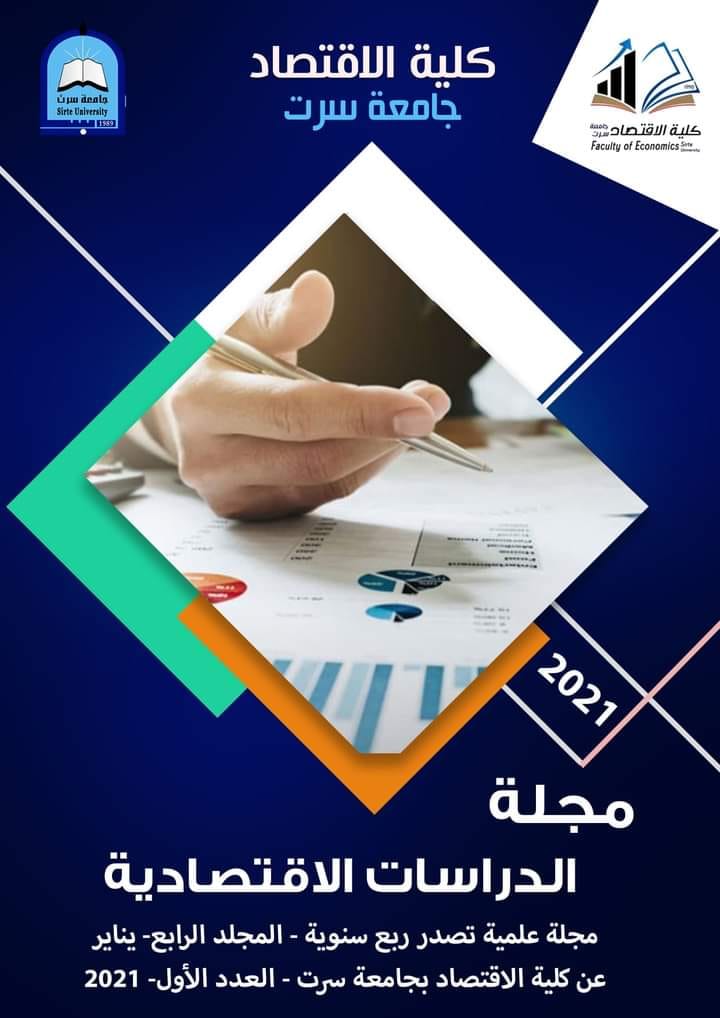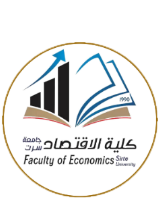Estimating the GDP gap in the Libyan economy
DOI:
https://doi.org/10.37375/esj.v4i1.2020Keywords:
Potential GDP, actual GDP, GDP gapAbstract
AbstractThis paper aims at estimating the gap between the actual GDP and potential GDP to find the GDP gap for the Libyan economy during 1962-2017. Hedrick-Prescott procedure is used to find the potential GDP in order to eliminate the sort-run fluctuations that may occur in GDP, which keeps just the long-run variations. The results discovered that GDP gap is strongly associated with the oil product which was positive gap during the massive oil product periods, while it was negative gap during the oil crisis. Also, this paper found that, the negative gap in the recent years has witnessed returning to the equilibrium path after the recovery in the oil sector.
Key words: Potential GDP, actual GDP, GDP gap
References
المراجع:
اولا العربية:
- أحمد صابر محمود وثروة جهان "ماهي فجوة الناتج المحلي الإجمالي؟" التمويل والتنمية، العدد50، رقم3 (2013).
- الخريف والسعدون "تقدير الفجوة بين الناتج المحلي الإجمالي الفعلي والنتاج الممكن في المملكة العربية السعودية"، الأبحاث الاقتصادية وتطوير القطاع المالي، العدد16، رقم1، (2016).
- المرعي والمصبح، تقدير فجوة الناتج في الاقتصاد السعودي (1970-2012) جامعة القصيم (السعودية) بحوث اقتصادية عربية العددان ربيع- صيف 74-75 (2016).
ثانياً الانجليزية:
Sara Johan and Ahmed Saber Mahmud, «What Is the Output Gap? » Finance and development, vol. 50, (1) no.3 (2013).
Mohamed Osman, "Potential Output Gap for the Gulf Cooperation Council (GCC)
Alternative Methods" Journal of Economic and Social Research, vol. 13, no. 2(2011).
ثالتاً/مصادر البيانات:
Central Bank of Libya (CBL), Economic Bulletin, different years.
International Financial Statistics (IFS), data base.
International Monetary Fund (IMF), data base




































